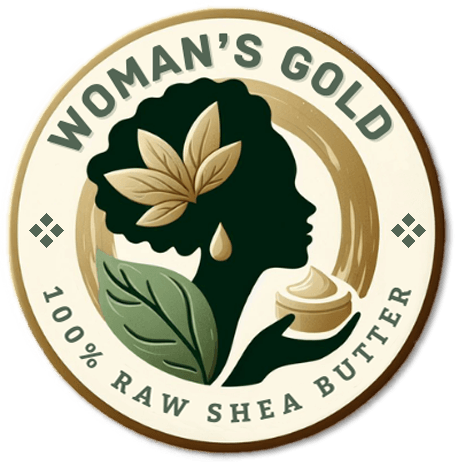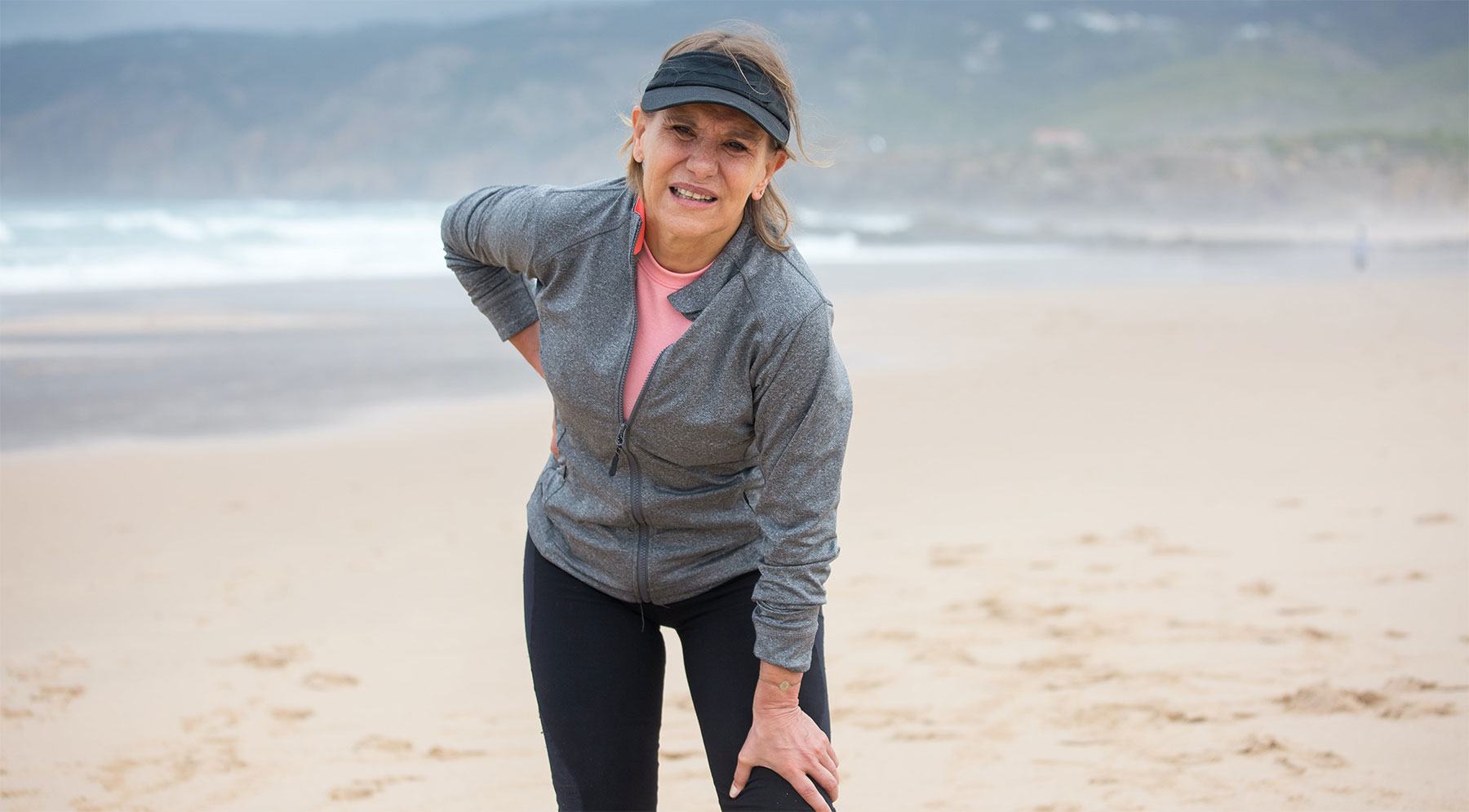
Shea butter isn’t just a staple in beauty routines; it’s also a beacon of relief for those struggling with arthritis and joint pain. Extracted from the seeds of the shea tree native to Africa, this natural fat has been celebrated for its moisturizing properties and potential health benefits.
If you’re wondering about arthritis and joint pain, you’re not alone. It’s a common problem that can stem from a variety of causes, including age, injury, or autoimmune diseases. Arthritis can make everyday activities challenging, so finding effective relief is crucial.
Now, why should you consider shea butter for arthritis?
It’s packed with anti-inflammatory compounds like lupeol cinnamate and vitamins A and E, which can soothe swollen joints and ease discomfort. Although research is ongoing, early studies and a wealth of anecdotal reports suggest its efficacy.
I’m especially interested in how traditional remedies align with modern science, and shea butter is a prime example. It’s been used for generations in Africa not just for skincare, but also for its healing properties. Today, scientists are looking more closely at how components in shea butter can potentially mitigate inflammation and provide pain relief for conditions like arthritis.
With this groundwork laid, you’re probably curious about how to use shea butter to manage arthritis symptoms, and what other lifestyle choices can synergize with this natural remedy. That’s going to include understanding your dietary choices, exercise routines, and complementary therapies that may enhance the benefits of shea butter. And that’s exactly where we’re headed next.
Incorporating Shea Butter into a Holistic Approach to Arthritis Management
If you’re looking to ease arthritis pain, simply adding shea butter to your routine could be a game changer. It’s not a cure-all, but it can be a crucial part of a larger strategy that emphasizes a holistic view of health.
To use shea butter for joint pain, start by warming up a small amount in your hands until it’s smooth and easily spreadable. Then, massage it into the affected areas. You may want to do this twice daily, focusing on gentle movements that encourage circulation without excessive pressure.
You’re going to find out about dietary improvements that can assist with arthritis. Foods rich in omega-3 fatty acids, antioxidants, and spices like turmeric can complement the effects of shea butter. Staying hydrated and maintaining a balanced diet goes a long way.
Don’t worry too much about integrating every possible therapy at once. Choose something that resonates with you, like incorporating gentle exercises into your day or exploring acupuncture. Remember, your first attempt doesn’t need to be your last—you can always adjust your approach down the road.
I really hope that you’ll also look at the stories out there of those who’ve found relief through shea butter. Their experiences can offer you both encouragement and practical tips. And when you’re selecting shea butter, aim for the pure, unrefined variety to ensure you’re getting the best quality for therapeutic use.
Empowering Women and Communities Through Shea Butter
When you reach for that jar of shea butter, you’re not just choosing a natural remedy for arthritis pain; you’re becoming a part of a much bigger story. This story stretches across the globe to the rural savannas of Africa, where shea trees grow wildly and are cultivated by local women. These hardworking individuals harvest and process the shea nuts, transforming them into the creamy butter we use.
Purchasing ethically sourced shea butter means supporting fair trade practices that ensure these women receive a fair wage for their labor. It’s about creating sustainable livelihoods and enabling community growth. By valuing their work, we contribute to a cycle of empowerment that promotes education, health, and economic development within their communities.
Empowerment through shea butter extends beyond individual financial benefits. It fosters social change and gives women a voice in their societies. Women in these communities gain independence and recognition, becoming change agents who can reinvest in their families and villages.
I really hope that by understanding the broader context of your shea butter purchase, you choose something that resonates with you beyond its physical benefits. In my opinion, embracing fair trade shea butter is a tangible way to alleviate joint pain while also empowering the incredible women who are at the heart of this product’s creation.
I’d love to hear your feedback on how shea butter has impacted your life or if choosing fair trade products is important to you. Your response can be part of a continuing dialogue on how we, as conscious consumers, can always adjust our approach down the road to support not just our health but also the well-being of others around the world.

